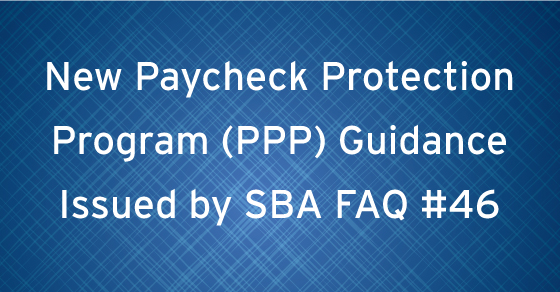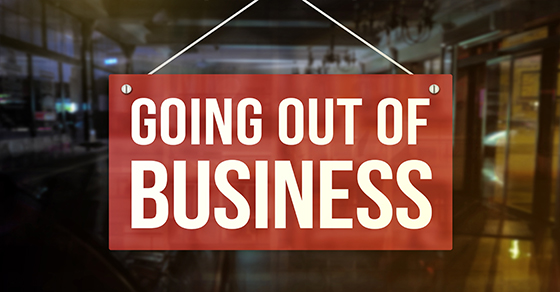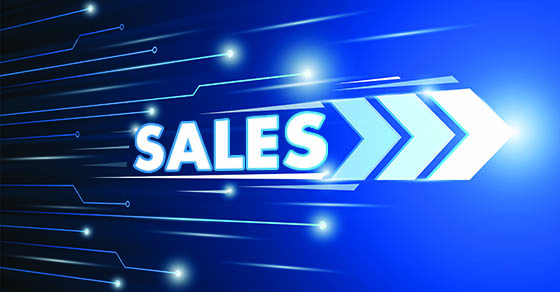To say that navigating the Paycheck Protection Program (PPP) since it was signed into law on March 27, 2020 as part of the CARES Act has been challenging, would be an understatement.
The CARES law which gave birth to PPP was hastily written and riddled with inconsistencies. The interpretations of how to calculate even something as simple as the loan amount were all over the board. The payroll companies provided many different versions of the applicable payroll reports needed to apply. Banks had a very limited understanding of the program and the application process was confusing. We still aren’t completely sure in some areas how the loan forgiveness amount is calculated, and the forgiven loan amounts may not be tax deductions (per IRS) or they may be tax deductions (Congress). PPP has been enough to make your head spin.
On April 28, 2020 we wrote an article concerning some very large and valuable companies (Shake Shack and the Lakers) that were approved for significant amounts of PPP loans. At the time, there was understandable uproar from smaller businesses that were shut out from the first round of the PPP. In response, Treasury Secretary Mnuchin declared that loans over $2 million were going to be audited. There was talk of publicly outing companies that obtained questionable loans and hinted at heightened government scrutiny of these loans.
Mnuchin also reminded those applying for (or that had applied for and received) PPP loans of the requirement that the loan was being sought because the “current economic uncertainty” makes such a loan necessary to support their ongoing operations. However, he failed to provide any objective standard to measure “current economic uncertainty” or how to prove it was “necessary to support ongoing operations”. What he did do, was scare many businesses away from applying for or keeping a PPP loan. As of last week, there was still $125 billion left of the second round of PPP funding of $310 billion.
In response to Shake Shack and the Lakers, SBA issued FAQ #31 that indicated that businesses that took a PPP loan for which they didn’t believe they were entitled to had until May 7, 2020 (later extended to May 14, 2020) to return the money and SBA wouldn’t pursue the matter any further. No harm, no foul.
Fast forward to May 13, 2020. SBA issued FAQ #46 which addresses how SBA will review borrowers required good-faith certification concerning the necessity of their loan request. This guidance takes a MUCH softer stance than the original one coming from the Shake Shack revelation. It provides a “safe-harbor” by which borrowers will be deemed to have made the required certification concerning the necessity of the loan request in good faith based on the amount of the PPP loan.
What this means is that a borrower, together with its affiliates receiving PPP loans with an original amount of principal of less than $2 million (safe harbor loan amount), will be deemed to have satisfied the PPP loan application certification requirement that “current economic uncertainty makes this loan necessary to support the ongoing operations of the applicant”.
If you believe that your business has been affected by COVID-19 pandemic and your PPP loan amount is under $2 million, and if you haven’t previously applied or you accepted a PPP loan but returned it, you may want to reconsider. If you are still interested in the PPP, we suggest that you contact your bank to apply (or see how you can reapply). We don’t know how long the remaining PPP funds will last given the “safe harbor” provided by FAQ 46.
FAQ #46 also states that in the case of PPP borrowers, borrowing in excess of $2 million may still have an adequate basis for making the good-faith certification based on their individual circumstances considering the language of the certification and SBA guidance. SBA has softened its stance in the situation where an audit finds that the good-faith certification was not present for a PPP loan. The FAQ indicates that in this case, SBA will notify the lender that the loan is not eligible for loan forgiveness. If the borrower promptly repays the loan after receiving notification from SBA, SBA will not pursue administrative enforcement or referrals to other agencies. Again- no harm no foul if the loan is promptly repaid.
This certainly won’t be the last of the guidance issued by SBA as it pertains to PPP or at least we certainly hope more is to come. There are still many unanswered questions that need clarification and guidance especially as it pertains to loan forgiveness.
We know that our information pieces have pointed in various directions over the past two months but unfortunately, that is the nature of this beast. Advising clients in such an unsettled and uncharted environment is difficult. All we can do is to continue to provide you with the latest updates and changes to these programs as more information comes to light. If you have any questions, please reach out to your Maillie representative by phone or email.





